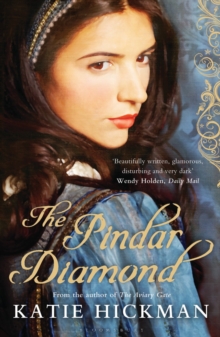
b&w photos, not seen)Įlie Wiesel spent his early years in a small Transylvanian town as one of four children. Tales of courage and fortitude-a stiff upper lip, if you will-that should appeal to Anglophiles as well as students of history and women’s studies. “Travel,” “Social Life,” “Contemporary Wives”), successfully weaving material from across the centuries into each chapter. Hackman divides her chapters by subject (e.g. Not the least of the burdens was separation from their children, who were often sent off to British boarding schools thousands of miles from their parents. The protocols were maintained in spite of revolution, famine, drought, and anti-British sentiment, as noted in Mary Fraser’s reports from China in the 19th century. Whatever the circumstances, the roles of foreign office wives were, until recently, precisely outlined-calling for the ambassadress to be hostess, helpmate, and manager, sometime cook, gardener, nurse, and even den mother to the wives of underlings in the embassy or consulate. Other wives corresponded about the opulence and romance of their assignments (one, in particular, was greatly impressed by the coronation of Czar Nicholas I). Many were driven to letter-writing by loneliness and hardship, but they managed to convey the thrill and challenge of their exotic surroundings.

Most, like Catherine Macartney and Ella Sykes (posted to the Chinese-Russian border), claimed their places in this history because of their voluminous correspondence. Some, like Emma Hamilton (Naples), Isabel Burton (Brazil and Syria), and Vita Sackville-West (Persia) are well known in their own right. Hickman, herself the daughter of an ambassadress, calls primarily on the journals and letters of some remarkable ladies, whether dotty or not, who followed their husbands to posts ranging from Constantinople in the 17th century to Slovakia in the 1990s.


“English ambassadresses are usually on the dotty side,” Hickman quotes Nancy Mitford’s view in the introduction to her account of the not-so-glamorous side of embassy life, originally published in England in 1999.

An inside view of the lives and responsibilities of the valiant women who married officers of the British Foreign Service, where rules were rigid but creativity counted for a lot.


 0 kommentar(er)
0 kommentar(er)
